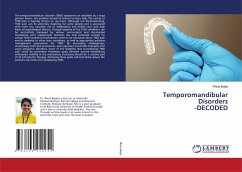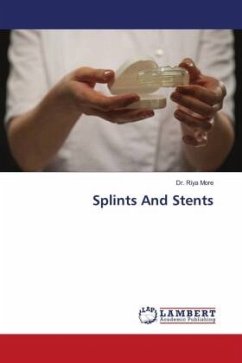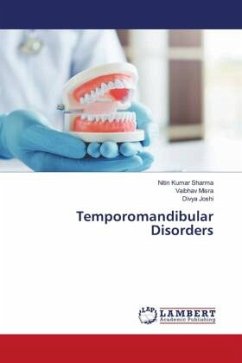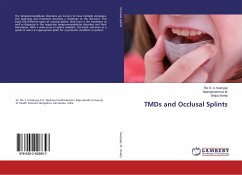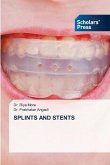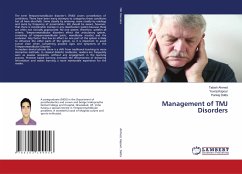The temporomandibular disorder (TMD) symptoms are exhibited by a large portion hence, this problem should be looked at more fully. The course of TMD pain is typically chronic or recurrent. Although not life-threatening, TMD pain can be extremely disabling for some people and is associated with work loss, excessive use of medications and health care, and high levels of psychological distress. Though majority of the TMD conditions can be successfully managed by various non-surgical and less-invasive treatments, joint replacement becomes the only potential remedy for certain TMD conditions.Practitioners need to be educated about TMD pain and its similarity to other pain conditions, as well as appropriate palliative management approaches for TMD. By decreasing misdiagnoses, unnecessary tests and procedures, and unproven irreversible therapies that cause iatrogenic disorders, much of the disability that accompanies TMD pain could be prevented. Treatment goals directed toward establishing orthopedic stability in the masticatory structures should be a routine part of all orthodontic therapy. Achieving these goals will most likely reduce the patient's risk factors for developing TMD.
Bitte wählen Sie Ihr Anliegen aus.
Rechnungen
Retourenschein anfordern
Bestellstatus
Storno

